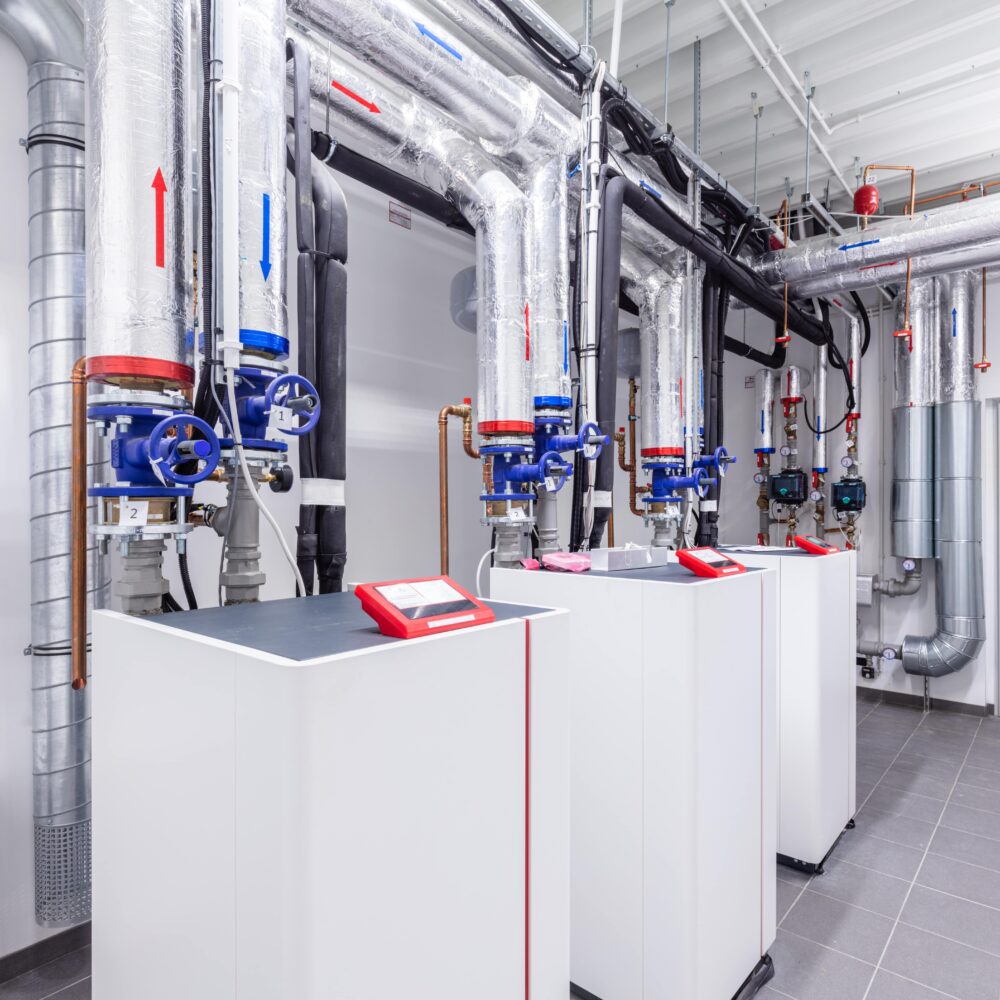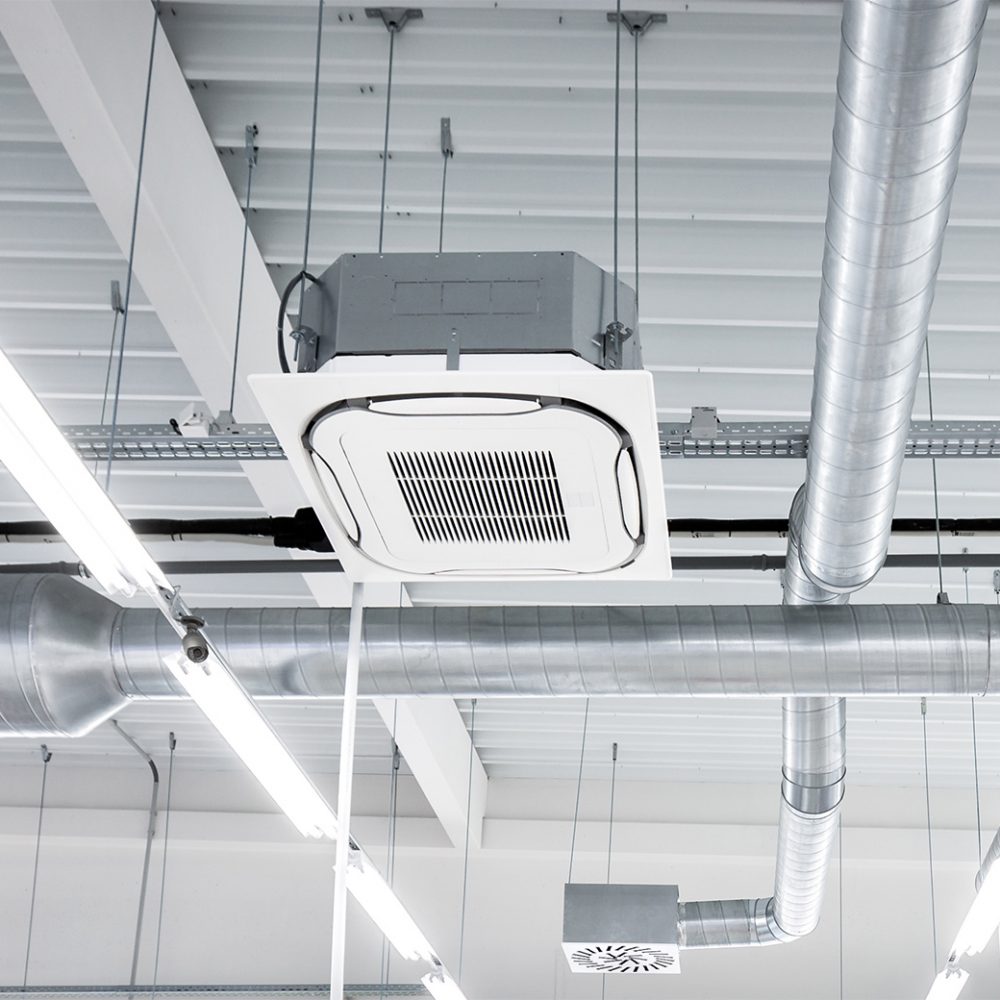

News

09th July 2024
Legionella prevention: How to ensure the safety of your HVAC system
A commercial building owner in charge of HVAC systems should be aware of Legionella bacteria pneumophila, a bacteria responsible for the development of the fatal Legionnaires disease in humans.
As HVAC systems can foster the growth of this bacteria under the right conditions, those responsible must understand and implement the correct legionella prevention methods.
In this blog post, we discuss legionella, common systems affected by the bacteria, and ways to reduce the likelihood of contamination in these systems.
What is Legionella bacteria?
Legionella is a waterborne bacteria that can lead to Legionnaires’ disease, a form of atypical pneumonia that can have fatal consequences for those with compromised immune systems. You can develop Legionnaires’ disease from inhaling droplets of water from infected appliances, such as air conditioning units.
Symptoms of the disease include fever, muscle pain, headaches, coughing, shortness of breath, sharp chest pain, diarrhoea, nausea and vomiting. These symptoms can vary from mild to severe.
If the correct preventative measures are not taken, it can spread in commercial buildings such as hotels, hospitals, or offices where the bacteria has found its way into the water supply.

Legislation and compliance around Legionella prevention in HVAC systems
There is a set of standards that businesses must abide by according to regulatory legislation and the Health and Safety at Work Act 1974.
If you have a HVAC system, you should put appropriate measures in place to prevent or control the risk of legionella as described in Legionnaires’ disease: The control of legionella bacteria in water systems. Otherwise, other measures need to be implemented to prevent or control the risk from legionella which must be equally as effective.
The Health and Safety Executive (HSE) provides businesses with guidance and practical advice on managing legionella risk in HVAC systems and how to ensure compliance with UK law in their HSG274 Part 1 publications.
If your systems are found to be non-compliant, you could receive a fine of up to £20,000.
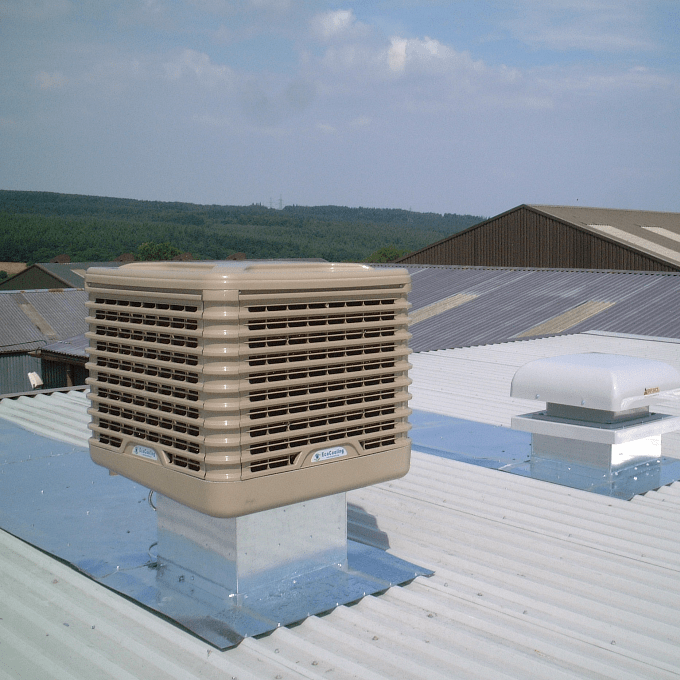
Which systems are affected?
Although some commercial HVAC systems do not use a direct water supply, it is still possible for legionella to grow in the moisture that builds up in the systems.
Several HVAC systems can serve as perfect breeding grounds for Legionella bacteria. We look into this in more detail below.
Hot water systems
- Hot water tanks and heaters
Legionella bacteria prefer hot water and thrive in temperatures ranging from 20 to 45°C. The optimal temperature for growth is approximately 38°C, which is why hot water must be stored above 60°C to kill any legionella bacteria.
Similar to cold water systems, the presence of biofilms is the primary cause of bacterial growth. This is particularly true for improperly designed systems in large commercial buildings that lack circulation, resulting in temporary flow stagnation, or from hot water being stored below the recommended temperature.
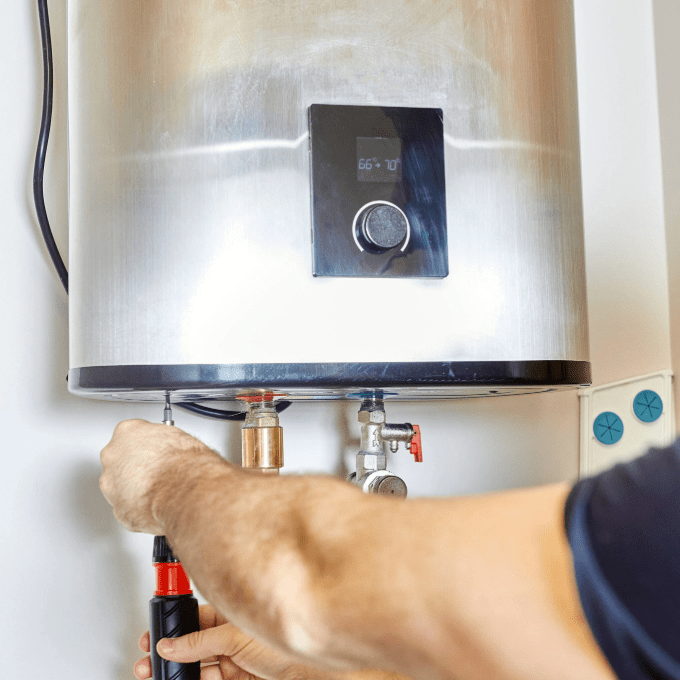
Cold water systems
- Cold Water Pipework
Cold water pipework can create an ideal environment for dangerous levels of Legionella growth for several reasons.
One reason is due to lack of insulation on cold water pipework. For example, if cold water pipework is at a high level in a production area and uninsulated, it could quite easily reach the temperature required for legionella growth. Insulating pipework will help to keep the temperature below the optimum window. Another reason is leaving dead legs present on cold water pipework. Any unused branch on a cold-water pipework system should be completely removed to avoid stagnation and the growth of legionella, this could then contaminate the full cold water system and could be consumed through drinking water, showers etc.
- Cooling towers for air conditioning systems
Cooling towers are heat exchangers that use water and air to transfer heat from air-conditioning systems to the outdoors. These systems can encourage the growth of legionella bacteria as they contain pools of warm water that are exposed to the atmosphere. This provides the ideal environment for legionella bacteria to thrive, especially if not regularly cleaned, disinfected, and maintained.
If these cooling towers are located on an industrial site, the emission of water vapour can spread over a large area if carried by the wind, putting those in the surrounding area at risk of inhaling the bacteria.
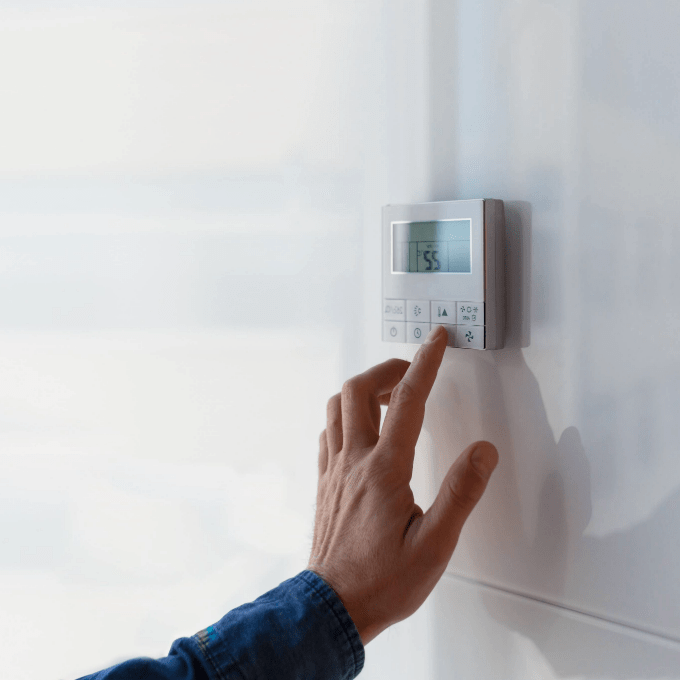
How to prevent contaminated systems
There are several ways for building owners, engineers, and contractors to reduce the risk of a Legionella outbreak in their HVAC systems. They are as follows:
- Temperature control
Avoiding the temperature danger zone is an effective method for legionella prevention in your water systems. If the water temperature drops below 20°C, the bacteria become dormant and struggle to proliferate. Above 20°C up to temperatures as high as 45°C is the optimum window for the growth of legionella. Bacteria usually stop growing at 55°C, and temperatures above 60°C will kill the bacteria. As a result, the WHO generally recommends heating and storing water at 60°C.
It is generally recommended that hot water system temperatures be checked every month. Cold water systems should be checked every six months.
- Avoid water stagnation
Stagnant water is a major cause of concern for legionella growth, whether in hot or cold-water systems. To reduce the risk of a legionella outbreak, remove dead legs in pipework and flush infrequently used outlets (such as taps and toilets) at least once a week.
Under the right conditions, legionella can grow in a stagnant water system in as little as two weeks. Therefore, it is particularly important that water tanks in facilities that close for extended periods, such as schools during the summer holidays, are monitored during these times.
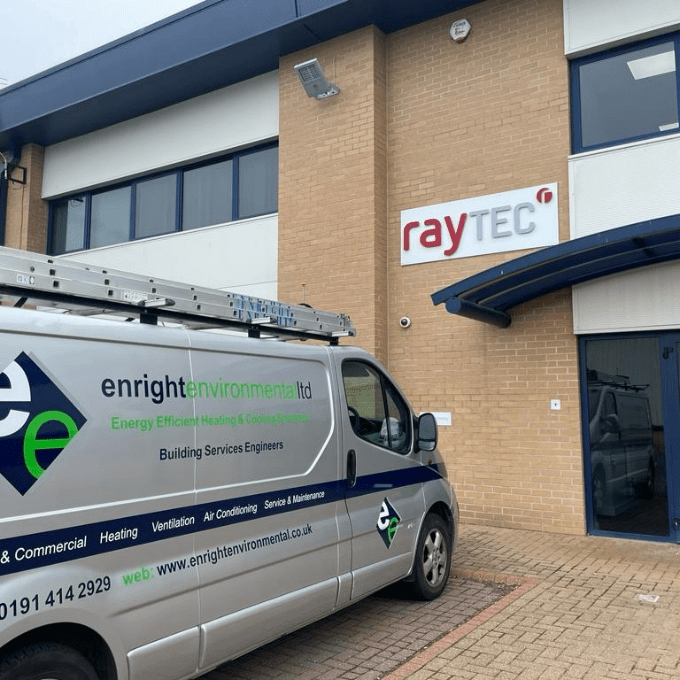
- Maintain clean systems
As mentioned throughout this blog post, the most effective method of preventing Legionella bacteria growth is to conduct regular cleaning of systems and remove sediment and scale. To avoid the accumulation of unwanted contaminants, you should perform regular maintenance and cleaning services yourself or hire a professional to do so.
Cold water tanks should be cleaned regularly, and hot water cylinders should be drained to check for debris or corrosion. At least once every year, all types of systems need to be drained or cleaned thoroughly according to manufacturers’ guidelines.
Implementing these strategies will significantly reduce the risk of Legionella contamination in HVAC systems. Regular adherence to best practices is critical for maintaining a safe and healthy environment while also keeping your building in compliance with HSE regulations.
- Hire the services of a professional
At Enright Environmental, we can provide professional HVAC system servicing for your business. We can perform regular maintenance and cleaning on your systems to reduce the risk of legionella growth and ensure that your water systems are safe for building occupants and meet HSE standards.
For more information on our legionella prevention services for HVAC systems, get in touch with a member of our team today.
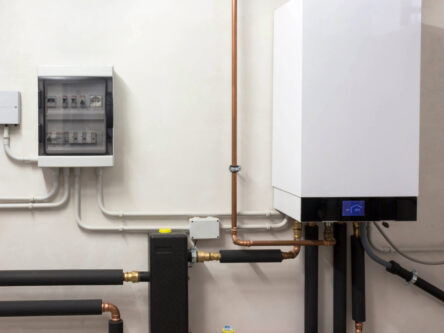
12th November 2024
What does boiler maintenance involve
A commercial boiler provides the primary source of heating and hot water for any business property. Despite
Read More »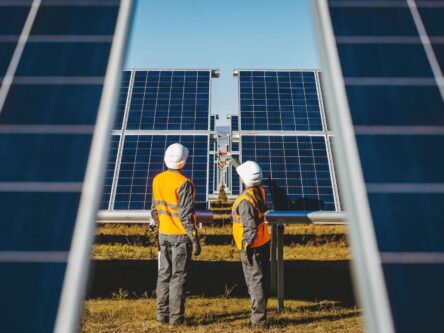
25th July 2024
The cost of renewable energy: Where to invest for the best payback
Renewable energy has emerged as a powerhouse in recent years for businesses and investors. From solar to
Read More »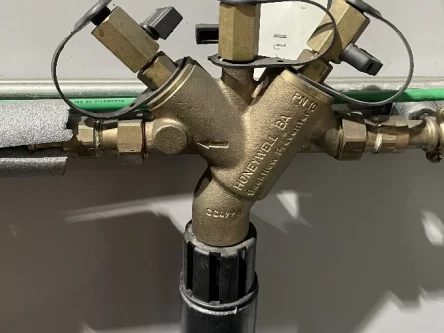
20th June 2024
Ensuring safe water supply: the critical role of RPZ valves in commercial premises
From busy factories and educational facilities to office blocks, all commercial spaces require a safe and uncontaminated
Read More »